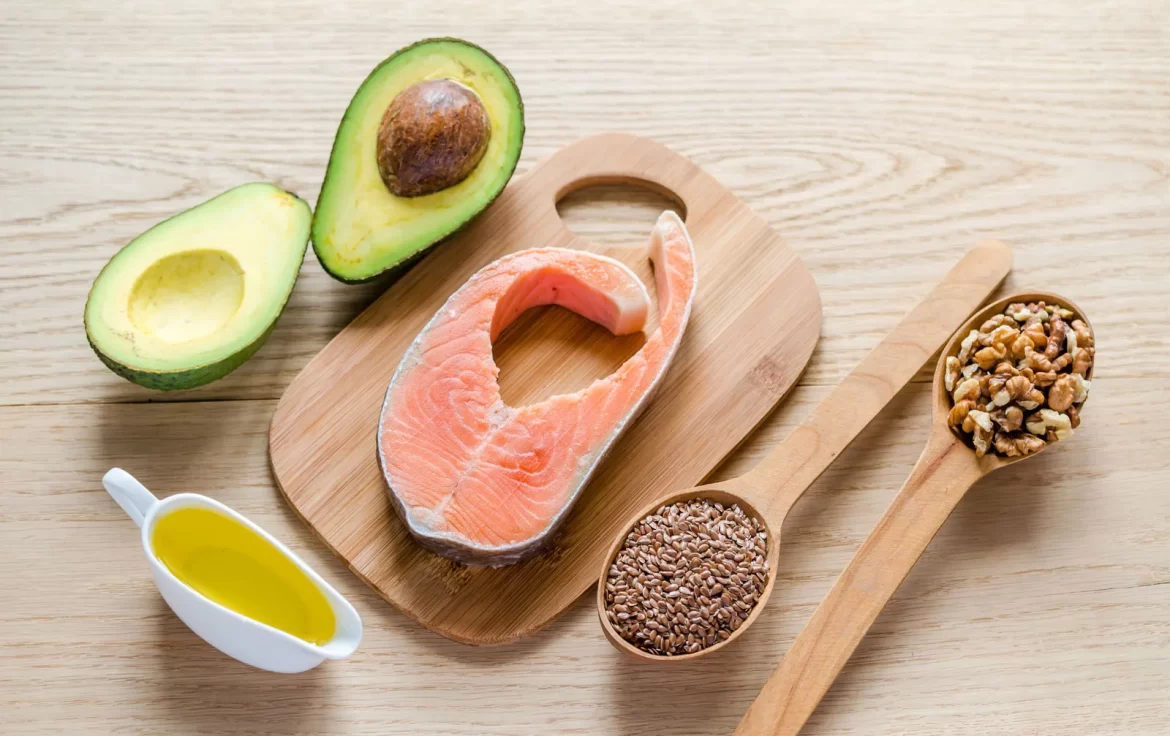Fats are an essential macronutrient in our diet. Not only do they provide energy, but they also aid in absorption of vitamins A, D and E by the body.
Dietary guidelines recommend a healthy, balanced diet consisting of both saturated and unsaturated fats. Switching saturated fat for unsaturated can help lower cholesterol levels.
Saturated Fat
Saturated fat is an unhealthy type of fat commonly found in red meat, dairy products and tropical oils. It also appears in fried foods and baked goods. Saturated fat has long been a concern for heart health due to its detrimental effects.
The American Heart Association (AHA) suggests limiting your daily saturated fat consumption to no more than 10 percent of total calories consumed. This should be enough to maintain healthy cholesterol levels.
You can opt to replace saturated fat with unsaturated, or avoid it entirely if desired. A balanced diet should include both types of fats as well as carbohydrates and protein; additionally, include plenty of fruits and vegetables in your meals for essential nutrients.
Unsaturated fatty acids are beneficial for your health and can protect you against heart disease. You can get them from various foods like nuts, seeds, avocadoes and olive oil; fish poultry or eggs also provide sources.
Some of the most beneficial unsaturated fatty acids are omega 3 and 6 fatty acids. These fats help combat inflammation in the body and may reduce your risk for chronic illnesses like obesity, heart disease, and diabetes.
Saturated fatty acids, however, raise your blood cholesterol level and can increase the risk of heart disease, stroke and other health complications.
Since 1970, US dietary guidelines have advocated for a lower intake of saturated fat. This recommendation stems from evidence that saturated fats cause inflammation and raise LDL (bad) cholesterol levels – both factors linked to heart disease risk.
Recent studies have disputed this advice and demonstrated that replacing saturated fat with unsaturated fats does not increase your risk for cardiovascular disease. Furthermore, an increasing number of researchers believe the increase in CVD rates over the last 40 years is not due to reduced consumption of saturated fats.
It is believed that this shift away from a traditional, whole-foods diet to processed and refined food has resulted in an alarming surge of overweight and obese individuals as well as increased risks for heart disease.
While saturated fat may increase your risk for heart disease, it’s also essential for the body’s proper functioning. That is why incorporating both saturated and unsaturated fats into your diet should be part of any balanced nutrition plan.
Saturated fat can be found in animal-based foods like beef, pork and poultry as well as full-fat dairy products and tropical oils like coconut, palm or butter. Furthermore, these foods also provide vitamin A and D.
These vitamins are essential for maintaining proper vision and bone health, as well as supporting a strong immune system and heart. Saturated fats found in these foods also transport these fat-soluble vitamins into your body, making them easier for your body to absorb and use.
Saturated fats are solid at room temperature, but can be made into liquid form by adding hydrogen to vegetable oils – this process is known as hydrogenation. This artificial saturated fat, commonly referred to as trans fat, has been found to increase your risk of heart disease.







